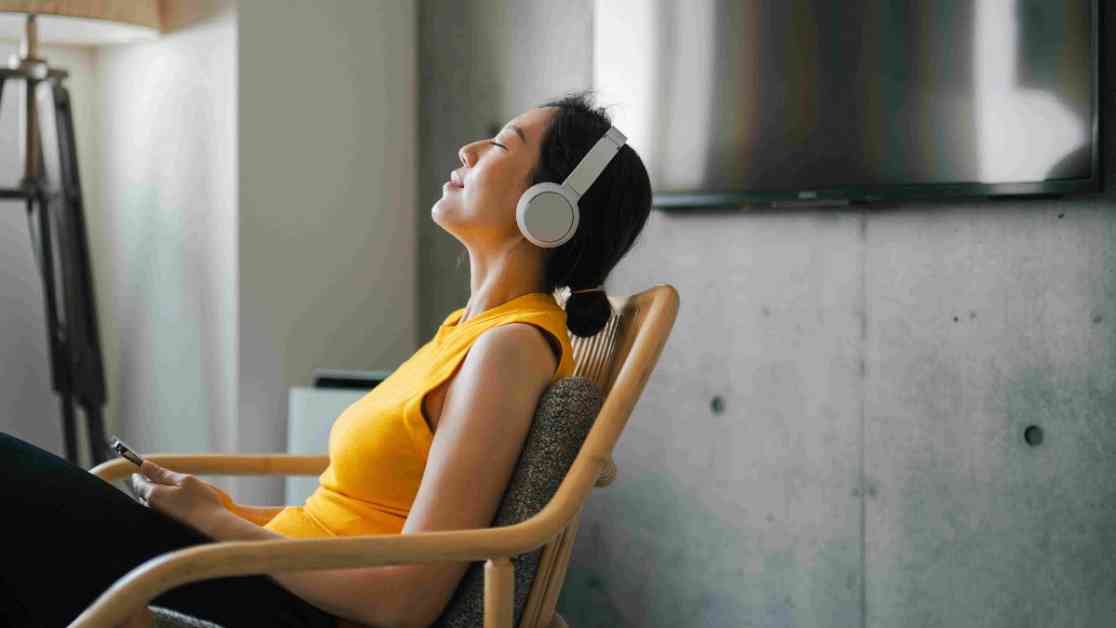The rising trend of using earphones among young people is causing significant concerns for public health, particularly in relation to the potential impact on hearing health. The increased exposure to loud music through earphones and headphones is leading to a higher risk of noise-induced hearing disorders among the youth. This issue, once primarily associated with older populations, is now affecting individuals in their teens and twenties, with potentially irreversible consequences.
According to the World Health Organization (WHO), over 1.1 billion teenagers and young adults worldwide are at risk of hearing loss due to unsafe listening practices. This includes the habit of listening to music at high volumes for prolonged periods, especially through earphones. Dr. Amit Kumar Sharma, an expert in ENT, Cochlear Implant, and Voice Disorders, highlights some of the short-term effects of using earphones excessively. These effects can range from earwax build-up and infections to temporary hearing loss caused by loud music.
One of the primary contributors to noise-induced hearing loss (NIHL) in younger populations is the volume at which music is played. Studies have shown that many young individuals listen to music at levels exceeding 85 decibels (dB), which is the threshold for potential hearing damage. Some earphones can produce sounds as loud as 100 to 110 dB, levels that can lead to hearing damage within a few minutes of exposure. Dr. Sharma emphasizes the long-term consequences of prolonged exposure to high volumes, including permanent hearing impairment, tinnitus, hyperacusis, ear infections, and hearing fatigue.
To prevent hearing loss, it is crucial to practice safe listening habits. The WHO recommends following the “60/60 rule,” which suggests limiting music to no more than 60% of the maximum volume for no longer than 60 minutes at a time. Dr. Sharma advises keeping the volume below 60% of the maximum level, taking regular breaks, wearing comfortable and well-fitted earphones, maintaining earphone hygiene, getting regular hearing tests, avoiding sharing earphones, and limiting listening time. Additionally, using noise-canceling headphones can help reduce the need to increase the volume in noisy environments, providing protection against excessive sound levels.
In conclusion, the impact of loud music on hearing health in youth is a growing concern that requires attention and action. By raising awareness about safe listening practices and incorporating preventive measures, such as following recommended volume guidelines and using noise-canceling headphones, we can reduce the risk of noise-induced hearing disorders among young individuals. It is essential to prioritize hearing health and take proactive steps to protect our ears from the potential consequences of prolonged exposure to loud music through earphones and headphones.













